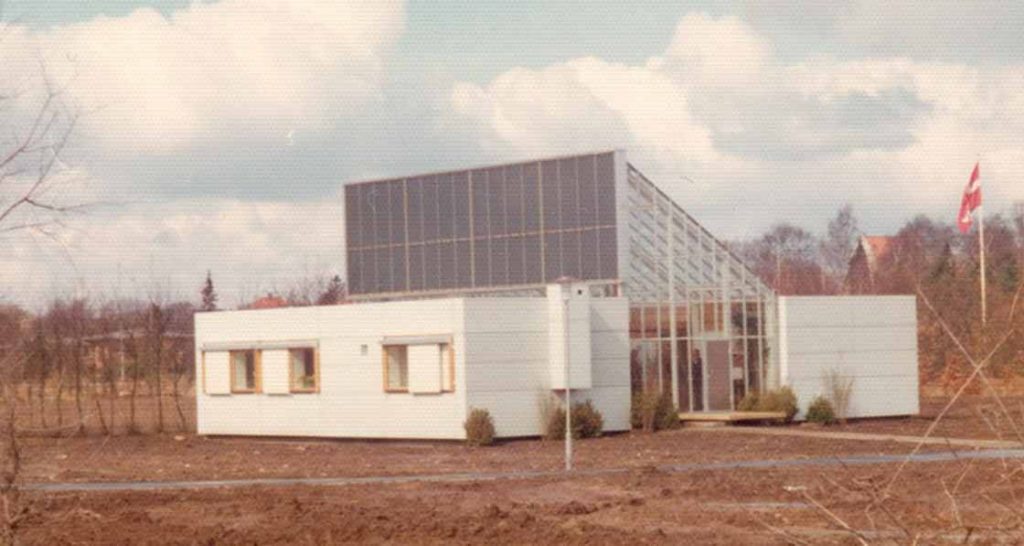Interesting and provocative comparison of the oil shock of the 1970s with that of today:
Energy shocks can have perverse consequences
The now-dismantled dth-nul-energihus in suburban Copenhagen offers a vision of a future that never came to pass. Built during the oil shock of 1973 by the Technical University of Denmark, this squat, white building—consisting of two living spaces divided by a glass atrium and topped with a spine of solar panels—was one of the first attempts to create a zero-energy home.
The nul-energihus did not quite make it to “zero-energy” but its vital statistics were nevertheless impressive. It only needed 2,300 kilowatt-hours of energy a year, roughly the same as six modern fridges. Its copious insulation and solar-heating system kept it warm even in frigid Danish winters. When a family moved in, things deteriorated a bit, notes Marc Ó Riain, an architecture professor at Munster Technological University. Hair clogged up the filtration system, which recycled heat from wastewater, and occupants had an unfortunate habit of leaving windows open.
Yet these were problems that could have been overcome. The house was not all that far from being ready for prime time. In the years since, scientists have shown that well-targeted research-and-development spending can rapidly push up quality and bring down costs (see, for example, recent improvements in electric cars and solar panels). So why did a solarpunk future of clean-energy abundance fail to arrive in the 1970s? And as the world faces another energy shock, what lessons can be learnt from its failure?
…
Energy shocks can have perverse penalties
Here’s that house:

